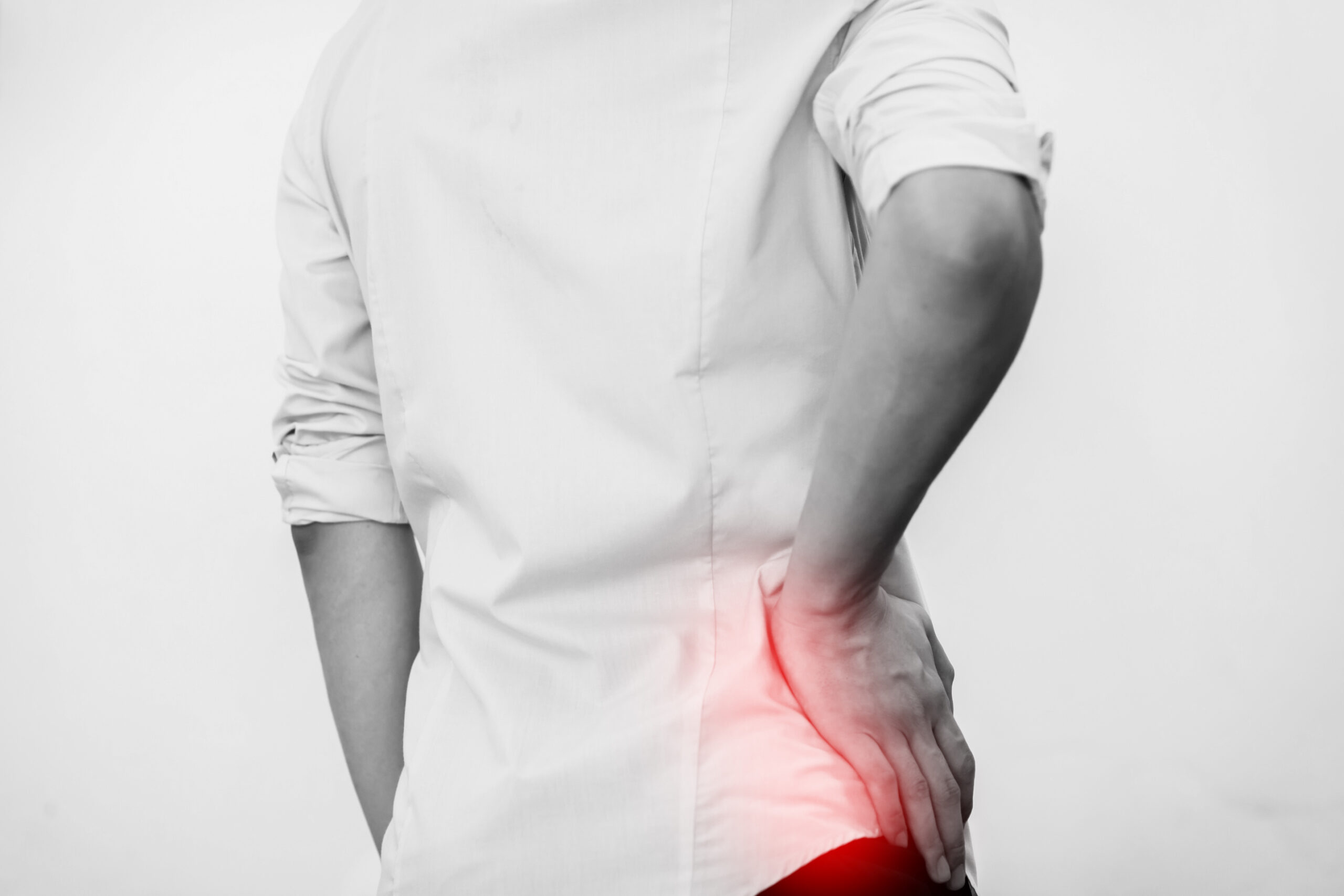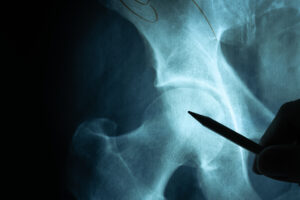
Understanding and Managing Hip Pain After a Car Accident
Car accidents can result in various injuries, and one of the often-overlooked areas of discomfort is hip pain. If you’ve experienced hip pain after a car accident, you’re not alone. In this comprehensive guide, we’ll explore the causes, symptoms, diagnosis, and effective strategies for managing hip pain post-accident. Understanding your condition is the first step toward a pain-free recovery.
The Anatomy of Hip Pain
Understanding the anatomy of the hip is essential when it comes to comprehending the potential sources of pain after a car accident. The hip is a complex joint that plays a crucial role in mobility and stability. Let’s delve into its structure and the common types of injuries that can cause hip pain:
1. Hip Joint Structure
The hip joint is a ball-and-socket joint formed by the articulation of the femur (thigh bone) with the pelvis. This joint allows for a wide range of motion, including flexion, extension, abduction, adduction, and rotation.
- Ball (Femoral Head): The rounded end of the femur.
- Socket (Acetabulum): The concave part of the pelvis where the femoral head fits.
2. Ligaments and Muscles
The stability of the hip joint relies on ligaments and muscles:
- Ligaments: Strong bands of connective tissue that hold the hip joint together, including the iliofemoral, pubofemoral, and ischiofemoral ligaments.
- Muscles: The muscles surrounding the hip provide support and facilitate movement. Key muscles include the gluteus maximus, gluteus medius, and hip flexors.
3. Common Types of Hip Injuries
After a car accident, various types of injuries can affect the hip, leading to pain and discomfort:
- Hip Fractures: These can involve the femoral neck, intertrochanteric region, or the femoral head itself. Hip fractures are often very painful and require immediate medical attention.
- Dislocations: A hip dislocation occurs when the femoral head comes out of the acetabulum. This is a severe injury that demands prompt treatment.
- Soft Tissue Injuries: Car accidents can cause strains, sprains, and tears in the muscles, tendons, and ligaments around the hip joint. These injuries can result in pain, swelling, and limited mobility.
Understanding the intricacies of hip anatomy and the potential injuries that can occur is the first step in recognizing and addressing hip pain following a car accident. In the next section, we’ll explore the symptoms that may indicate hip pain after a collision.
Recognizing Hip Pain Symptoms
Hip pain after a car accident can manifest in various ways, and recognizing the symptoms is essential for timely diagnosis and treatment. If you’ve been in a collision, pay close attention to the following signs that may indicate hip pain:
☑️ Pain Localization
Hip pain may present itself in different areas around the hip joint, including:
- Anterior Hip Pain: Pain felt in the front of the hip.
- Lateral Hip Pain: Pain on the side of the hip.
- Posterior Hip Pain: Pain in the back of the hip or buttocks.
- Groin Pain: Discomfort in the groin area that may radiate to the hip.
The specific location of the pain can offer clues about the underlying issue.
☑️ Limited Mobility
Hip pain can result in decreased mobility and flexibility. You may experience:
- Difficulty Walking: Pain when taking steps or bearing weight on the affected hip.
- Stiffness: A sensation of tightness or inflexibility in the hip joint.
- Reduced Range of Motion: Inability to move the hip through its full range of motion without pain or discomfort.
☑️ Radiating Pain
Hip pain doesn’t always stay localized to the hip joint itself. It can radiate to other areas of the body, including:
- Lower Back: Pain that extends into the lower back, often due to nerve compression or referred pain.
- Buttocks: Discomfort that spreads to the buttocks and may be mistaken for lower back pain.
- Thigh or Leg: Pain that travels down the thigh or leg, sometimes indicating nerve involvement.
☑️ Intermittent or Constant Pain
Hip pain may be intermittent, with episodes of discomfort that come and go, or it can be constant and unrelenting. Understanding the nature of the pain can help in diagnosis.
☑️ Aggravating Factors
Certain activities or movements may exacerbate hip pain. These can include:
- Walking or Standing: Pain worsens with weight-bearing activities.
- Sitting for Prolonged Periods: Discomfort when sitting for extended periods.
- Twisting or Rotating the Hip: Pain during movements that involve hip rotation.
Recognizing these symptoms and noting their severity and duration is crucial for providing healthcare professionals with valuable information for diagnosis and treatment planning.
In the next section, we’ll explore the diagnostic process and what to expect when seeking medical evaluation for hip pain after a car accident.
Diagnosing Hip Pain After a Car Accident
Diagnosing the cause of hip pain after a car accident is a crucial step toward effective treatment and recovery. If you’re experiencing hip pain after a car accident, it’s crucial not to delay seeking medical evaluation. Prompt diagnosis and treatment can lead to better outcomes and a faster recovery. In this section, we’ll explore the diagnostic process and what you can expect when seeking medical evaluation for hip pain:
Medical Examination
The first and most essential step in diagnosing hip pain is a thorough medical examination by a healthcare professional. During this evaluation:
- Medical History: Your doctor will ask about your medical history, including any prior injuries or conditions that may be relevant.
- Symptom Assessment: You’ll discuss your symptoms, including the location, nature, and duration of the pain.
- Physical Examination: A hands-on examination of the hip joint and surrounding areas will be conducted to assess range of motion, tenderness, and any visible signs of injury.
Imaging Tests
Imaging tests are often essential in identifying the source of hip pain. Common imaging modalities include:
- X-rays: X-ray images can reveal fractures, dislocations, and structural abnormalities in the hip joint.
- MRI (Magnetic Resonance Imaging): MRI scans provide detailed images of soft tissues, helping to diagnose issues like ligament or muscle injuries.
- CT Scan (Computed Tomography): CT scans offer cross-sectional images that can reveal complex fractures or dislocations.
These imaging tests can provide crucial information for an accurate diagnosis.
Consulting Specialists
Depending on the findings from the initial evaluation and imaging, you may be referred to a specialist, such as an orthopedic surgeon or a sports medicine physician. Specialists can offer a more in-depth assessment of your condition and provide specialized treatment recommendations.
Treatment Planning
Once a diagnosis is confirmed, your healthcare provider will work with you to develop a treatment plan tailored to your specific condition. Treatment options can range from conservative measures, such as rest and physical therapy, to surgical interventions, depending on the severity of the injury.
In the next section, we’ll delve into common types of hip injuries that can occur as a result of car accidents and their respective treatments.
Common Hip Injuries After Car Accidents
Car accidents can subject the body to sudden and powerful forces, often resulting in various types of hip injuries. Understanding these common hip injuries is vital for recognizing the potential source of your hip pain and guiding your treatment options. In the table below, we outline these common hip injuries, providing descriptions, symptoms, and associated treatments.
| Common Hip Injuries After Car Accidents | Description | Symptoms | Treatment |
| Hip Fractures | Severe injuries to the hip bone. | – Severe pain – Inability to bear weight – Leg shortening or rotation |
Surgical intervention such as hip pinning or replacement, followed by physical therapy. |
| Hip Dislocations | Disruption of the hip joint’s normal alignment. | – Intense pain – Inability to move the leg – Visible deformity |
Immediate medical attention, repositioning of the hip joint, followed by rehabilitation. |
| Soft Tissue Injuries | Injuries to muscles, tendons, or ligaments around the hip. | – Pain – Swelling – Bruising – Limited mobility |
Conservative measures (RICE), physical therapy, and rehabilitation. |
It’s essential to consult with a healthcare professional to accurately diagnose the specific type and severity of your hip injury. Once diagnosed, you can work together to determine the most appropriate treatment plan.
Seeking Legal Assistance
If you’ve experienced hip pain after a car accident, seeking legal assistance may be a crucial step in securing compensation for your injuries and related expenses. Here’s what you need to know about your legal rights and how an experienced car wreck lawyer can help:
- Understanding Your Legal Rights
After a car accident, you have legal rights, especially if the accident was caused by another party’s negligence. These rights may include:
- Compensation for Medical Expenses: You may be entitled to reimbursement for your medical bills, including hospital stays, surgeries, medications, and rehabilitation.
- Lost Wages: If your injuries have led to time away from work, you may be eligible to recover lost wages and future earning potential.
- Pain and Suffering: Compensation for the physical and emotional toll of your injuries.
- Property Damage: Reimbursement for vehicle repair or replacement costs.
- Consultation with an Attorney
To understand the full scope of your legal rights and options, it’s essential to consult with a car accident attorney. During a consultation:
- Case Evaluation: An attorney will assess the details of your accident, injuries, and the circumstances surrounding the collision.
- Legal Advice: You’ll receive legal guidance tailored to your specific situation, including whether you have a valid personal injury claim.
- Potential Compensation: Your attorney will help you understand the potential compensation you may be entitled to based on the extent of your injuries and damages.
While your attorney handles the legal aspects of your case, you can focus on your recovery. This includes following your healthcare provider’s recommendations and attending necessary medical appointments and therapies.
Take the First Step and Schedule a Free Case Review
Jay Pickering Law Firm focuses on helping individuals who have suffered injuries in car accidents. Our dedicated team is ready to advocate for your rights and provide you with the legal representation you deserve. Contact us today for a free consultation to discuss your case and explore your options for pursuing a personal injury claim.

Attorney Jay Pickering brings over 27 years of unwavering dedication to personal injury law, with a sharp focus on representing those injured in car, truck, and motorcycle accidents across Alabama. A proud alum of the University of Alabama School of Law, Jay is a member of the Alabama State Bar and the American Bar Association.

